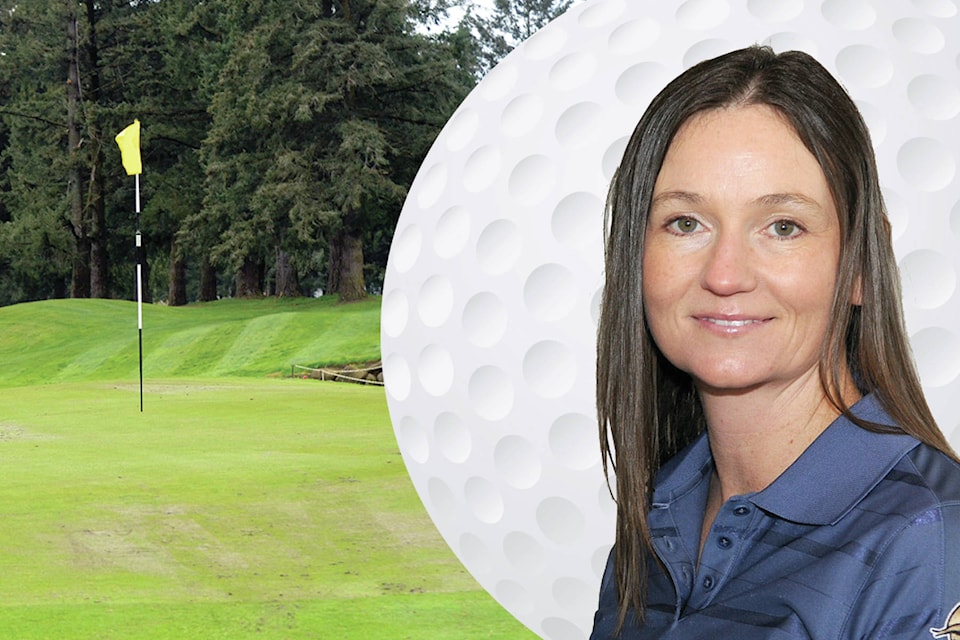I am astonished at how many golfers experience some sort of pain during their golf swing. This is often because of a previous unrelated injury but these injuries are also caused by poor swing technique.
In this column I will list some of the most common injuries I have seen in my students, and what compensations may have crept up in the golf swing as a result.
Before I get started, I must reinforce the importance of medical treatment when dealing with pain and injuries. I am not a qualified medical professional, but I have worked as a team with many. If you have an injury, or suffer from pain, my advice first and foremost is to seek medical treatment.
For golfers who may have had a lower body injury in their lifetime, such as knee, ankle or hip, I often see lower body rotation and weight shift as a challenge.
If the ‘trail’ leg was injured, then rotation and weight shift in the backswing is often compromised. If it is/was the ‘lead’ leg, then shifting weight through on the forward swing is often limited. Some common ‘misses’ by this golfer is loss of distance as well as consistently striking the ball heavy.
If a shoulder injury is present, golfers will often struggle with shoulder rotation in the golf swing, resulting often times in breaking down the lead arm in the back swing, over swinging, or the dreaded ‘over the top’ cast.
One of the most common injuries I see on my lesson tee that my students struggle with is back pain. If you are experiencing back pain in your golf swing, this can definitely limit torso rotation in both the back swing, and the downswing.
The compensation I see most with this type of issue is the overuse of the hands and wrists, resulting in a compromised impact position. Consistency of contact is thus effected.
Furthermore, there are also some injuries that poor swing technique can actually cause. For example, if you are experiencing tendinitis in your lead elbow when you play golf, this could be because of poor extension through impact, leading to over active wrists.
On a final note regarding prevention of injury, the best way to achieve a pain-free round of golf is through golf-specific exercise. I advise all of my students to seek out a strength coach trained in golf-specific functional movement, and maintain a regular exercise program to ensure that your mobility and stability keep your body healthy for efficient golf swings.
If you are experiencing pain in your golf swing, first seek attention from a medical professional and establish an exercise routine that meets the needs of your body and golf swing.
Also be sure to check in with your golf professional to ensure that the technique of your golf swing is not causing you more pain and injury.
Jennifer teaches golf to adults and juniors at the Chilliwack Golf Academy. She played professionally on tour for over 10 years, including two years on the LPGA. She is the 2016 LPGA Western Section Teacher of the Year, and is now the lead instructor of the Sardis Golf Academy. She can be contacted at 604-798-9805, chilliwackgolfacademy.com, or at Jennifer@chilliwackgolf.com
